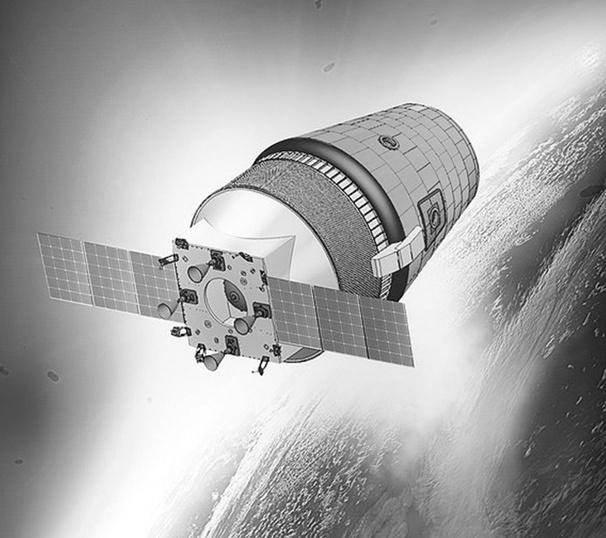Nikunja Bihari Sahu
Chandrayaan-2 cannot be called a failure despite the setback in soft-landing a craft on the Moon. ISRO lost contact with its Moon lander Vikram September 7 as the craft approached the lunar surface, and was about 400 metres to touchdown. ISRO has dropped attempts to restore communication with the lander, particularly as night was approaching in the south pole of Moon and it was expected to paralyse the onboard solar panels of Vikram.
But the orbiter, carrying most instruments and payload, is still active, and has been orbiting the Moon in a polar orbit at an altitude of 100 km, mapping the surface for its treasure trove of mineralogical resources. Of the 13 payloads, including one from NASA to conduct detailed study of Moon’s topography, mineralogy and surface chemical composition, eight are working.
Although many nations of the world have sent missions to the Moon in the past, landing on the lunar surface has proved to be an uphill task. As the Moon has no atmosphere, retro rockets have to be fired to slow down descent to ensure soft landing. Only three countries of the world — the United States, Russia and China — have demonstrated the technology; had India succeeded, it would have been the fourth to do so.
The near success of Vikram’s landing should be acknowledged. It took the US and Russia decades to design, plan and execute missions to the Moon.
The achievements of India’s Moon mission are many: First among them is the performance of ISRO’s launch vehicle. GSLV Mk-3 was remarkable as it placed the craft neatly in orbit; it will boost India’s future launch capabilities and interplanetary missions.
Second, ISRO scientists managed a series of well-executed manoeuvres, all of which went smoothly and the orbiter reached the lunar orbit as scheduled. Third, the two crucial phases of soft landing were successful and only the third phase went awry.
ISRO claims to have accomplished up to 95 per cent of mission objectives and vows to continue contributing to lunar science despite the loss of the lander. Fifth, the orbiter camera is of the highest resolution (0.3m) deployed so far in the world and shall continue to provide high resolution images to the global scientific community. Sixth, ISRO’s precise launch and mission management ensured life of almost seven years instead of the planned one year for the orbiter. NASA and many of the world’s leading space agencies have complimented ISRO’s attempt to land on the Moon’s hitherto unexplored South Pole.
Many leading nations of the world have taken a number of missions to the Moon. USA, for example, took eleven missions to land humans on the Moon. The erstwhile Soviet Union, while at the peak of the space race in the Sixties, took nine Luna series of missions to soft land on the Moon. Israel also suffered a setback in April 2019 when its spacecraft Bereshaft crash landed.
Although the setback of ISRO will not affect its future missions to Sun and Mars, it would have a definite bearing on its ambitious Gaganyaan project slated for 2022, where three humans are to be launched into space. As this is a manned mission intended to return the astronauts safely back to Earth, the entire mission has to be executed in a flawless manner and no compromise is to be made with the safety of astronauts. ISRO has to quickly analyse shortcomings of Chandrayaan-2 mission and bounce back to demonstrate its ability to develop fresh technology for space so as to restore its credibility and faith among the scientific community of the world.
The writer is Education Officer, Regional Science Centre, Bhopal.

